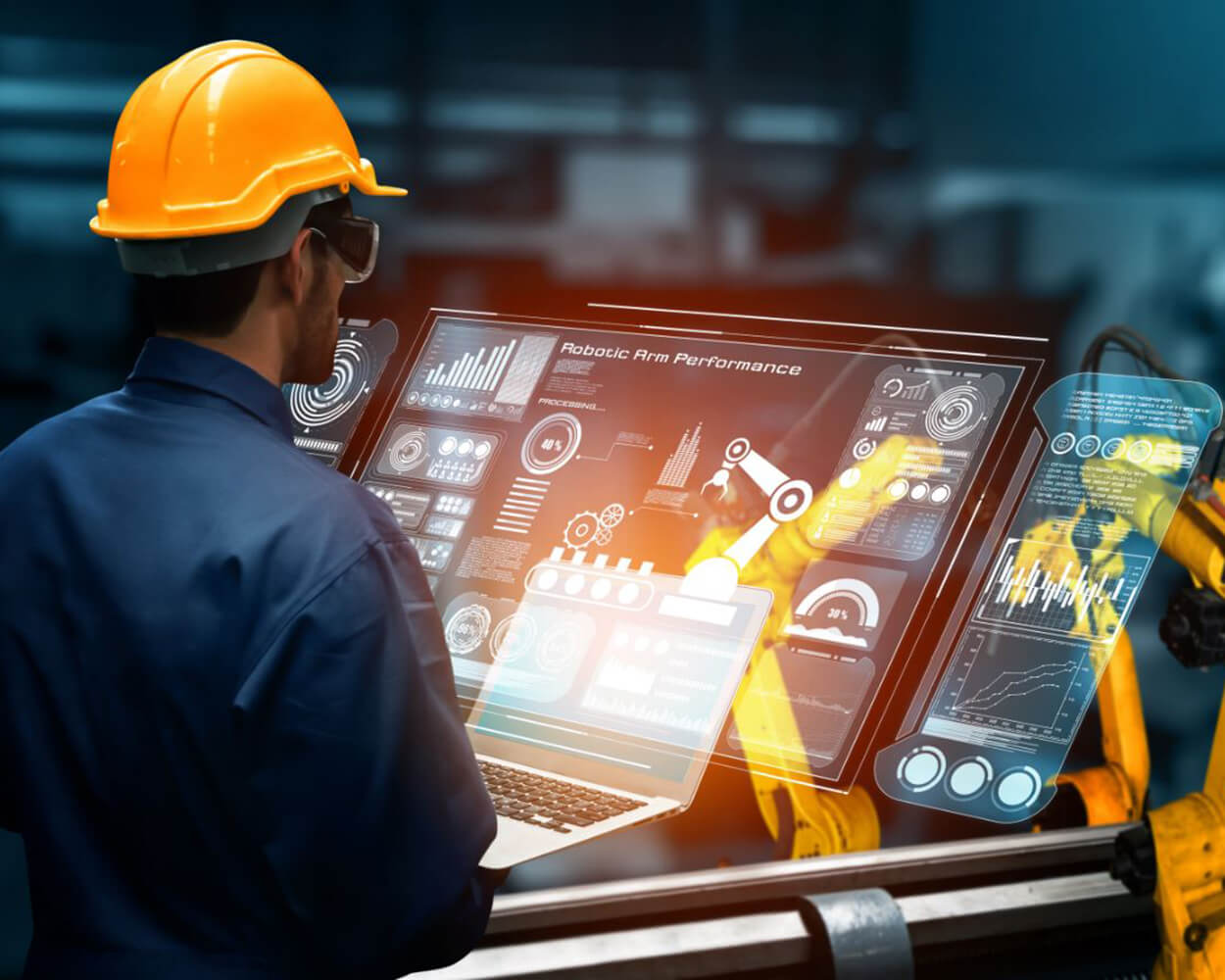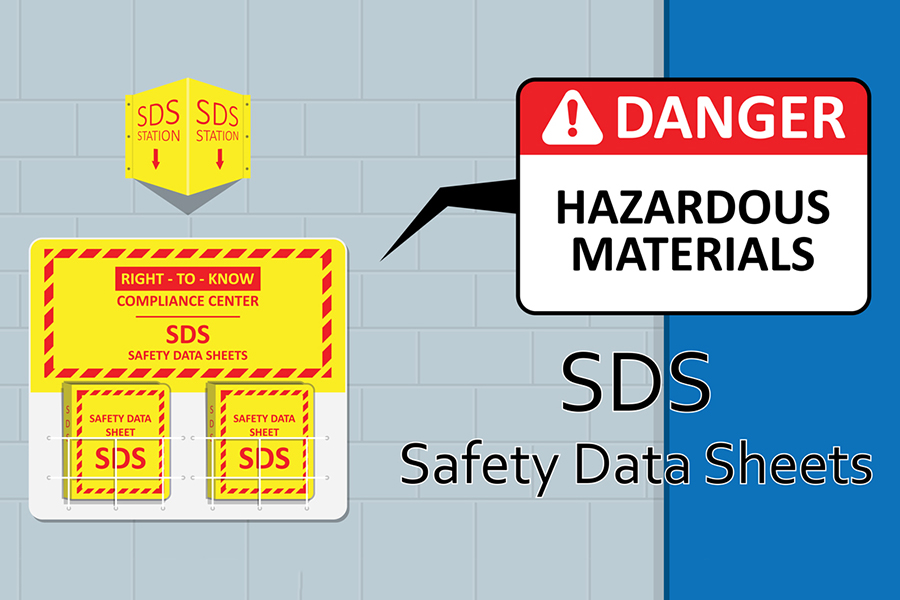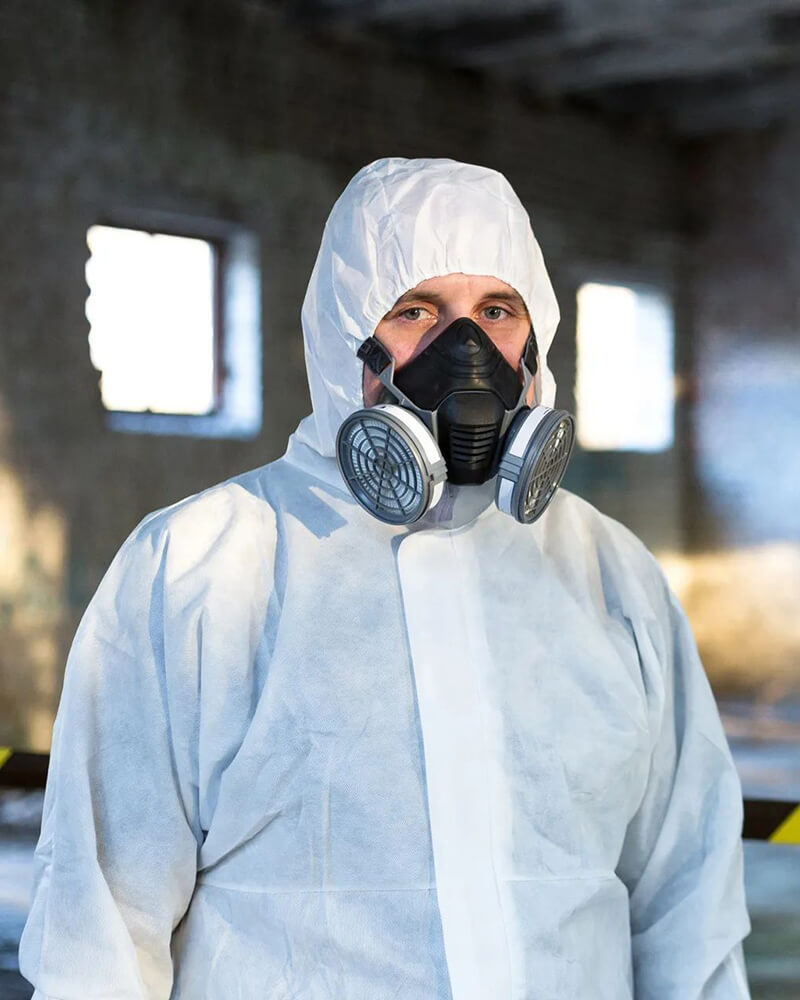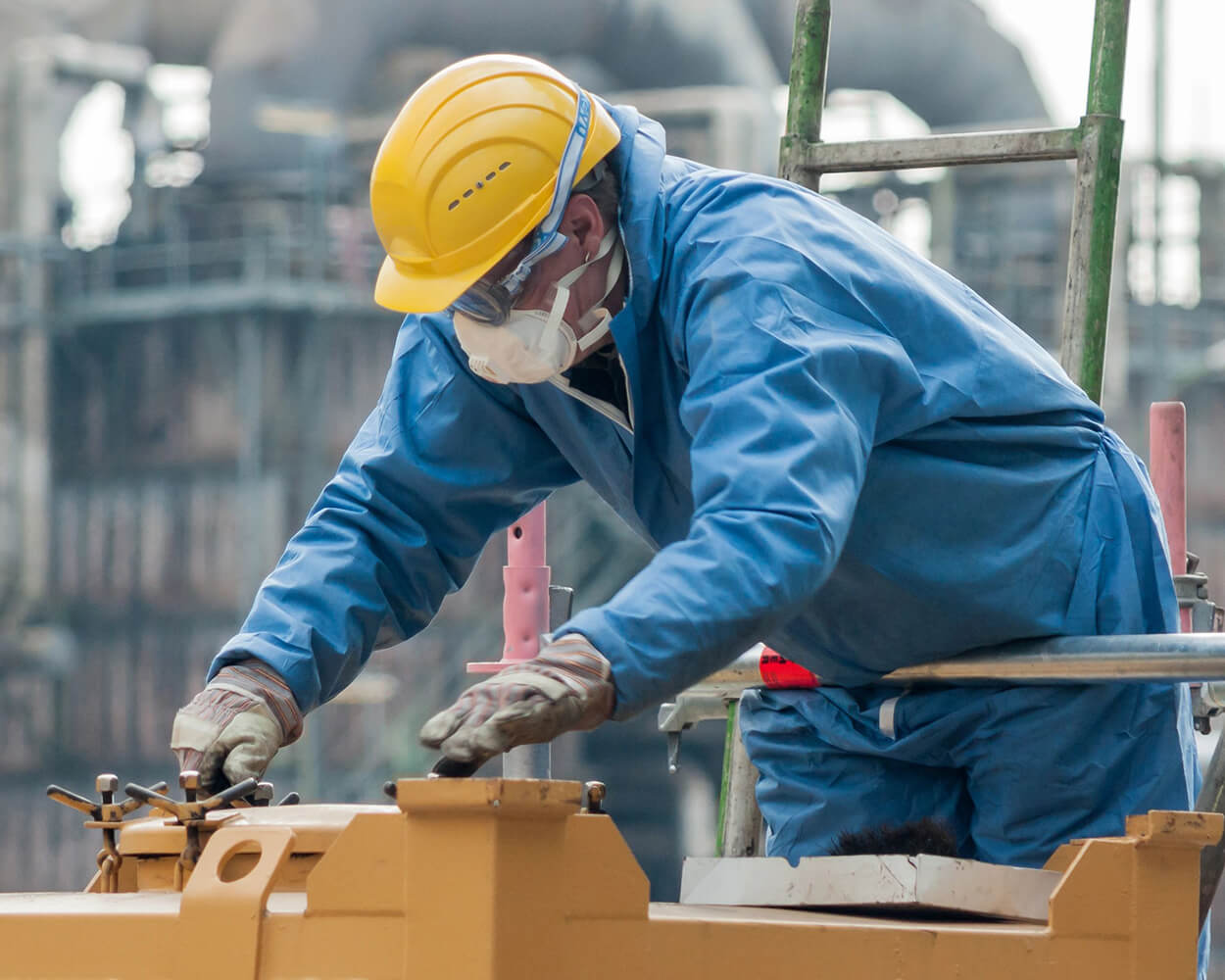Safety Program Management
Customized Safety Program Management to meet your company’s specific operating requirements.
OSHA inspects thousands of job sites and facilities within many industries every year. The General Industry standards detailed in 29 CFR 1910 apply to many manufacturing, assembly and processing industries.
Violations for the most recent Fiscal Year are shown below with General Industry violations accounting for half of the Top 10 citations.
Machine guarding continues to be in the Top 10 most cited OSHA violations. Machine guarding prevents injuries and fatalities from moving parts of a machine. Standards vary by industry. But for manufacturing, employers must adhere to the standards set by OSHA. For example, the standards address how to use:
The Control of Hazardous Energy (1910.147), commonly known as LOTO or Lockout/Tagout, also continues to be a Top 10 most cited OSHA violation. Lockout/Tagout is a critical safety program to protect workers from hazardous energy sources like electricity, moving components, chemicals, or stored energy. The LOTO standard requires an employer to maintain a written program that includes designating Authorized Persons that have the knowledge, experience and training to secure equipment and associated energized components to place isolation devices along with locks and tags prior to performing maintenance or repairs.

The chosen Authorized Person should:
Finishing Lockout/Tagout
Do not allow Affected Workers to enter the area until the Authorized Person:
1,312 cases of hazard communication were reported in 2018. OSHA states that employers must come up with a hazard communication plan. Each plan must have the:

Ultimately, the employer is responsible for providing the correct information about the harmful chemicals that affected employees work with. Additionally, an SDS must be in a place that workers can easily find and use correctly. Finally, informing and training affected employees is the key to ensuring their safety. After the plan is put in place, employers must assess and adjust this plan as needed.
2018 consisted of 1,246 cases of improper respiratory protection. Employers must look out for their workers’ physical safety. But they must consider their health when working on the site.
 General Rules for Respiratory Protection Programs
General Rules for Respiratory Protection Programs
OSHA clearly states the general requirements for an employer to implement proper respiratory protection. For instance, employers must:
Respiratory Protection Programs in Manufacturing
The kind of work an employee does determines the type of respiratory protection they need. For instance, workers in the manufacturing industry need:
Overall, the constant changes in work environments lead to specific respiratory protection needs in the manufacturing industry.
The number of electrical cases in 2018 reached about 1,048. Since electrical and energized equipment is key in the manufacturing industry, employers must adhere to the standards set by OSHA. A few tips for employers to achieve this are to:
Powered industrial trucks (PITs) are mainly used to move objects. For example, forklifts are a type of PIT. PITs can be controlled by an operator or by a walking operator. Trucks that haul equipment on the road and earth-moving equipment are not power industrial trucks.
Hazards
As power industrial trucks are quite dangerous to operate, there are a few hazards that both employers and workers should know. To specify:
Solutions
To ensure workers’ safety, employers must know the type of truck and worksite, train employers properly, and only allow competent workers to operate these trucks.
Personal Protective Equipment (PPE) is vital for workers in manufacturing. OSHA has specific requirements that must be met to ensure the safety of employees. For one, employers must train workers annually, or as needed, before workers use eye and face protection. Training must include the:

In addition, the most common types of eye and face protection include:
There were 349 cases of noise exposure violations in 2018. About 22 million workers work in places that put them at risk for damage from noise. As a result, the U.S. paid about $1.5 million to remedy these cases. A few tips to prevent noise exposure damage are:
Walking and working surfaces account for 267 cases in 2018. Falls are particularly common within this industry. So, employers must follow the rules set by OSHA. To clarify, they include:
265 cases in improper process safety management were reported in 2018. To combat this issue, employers must properly identify:
See OSHA’s list of highly hazardous chemicals here.
In short, workers in manufacturing are at risk of injuries and fatalities each time the step on the site. As a result, OSHA has put standards in place that require employers to keep them safe. Whether it is a machine guarding, training, or proper PPE use, employers must do everything they can to reduce the chances of workers hurting themselves on the job.